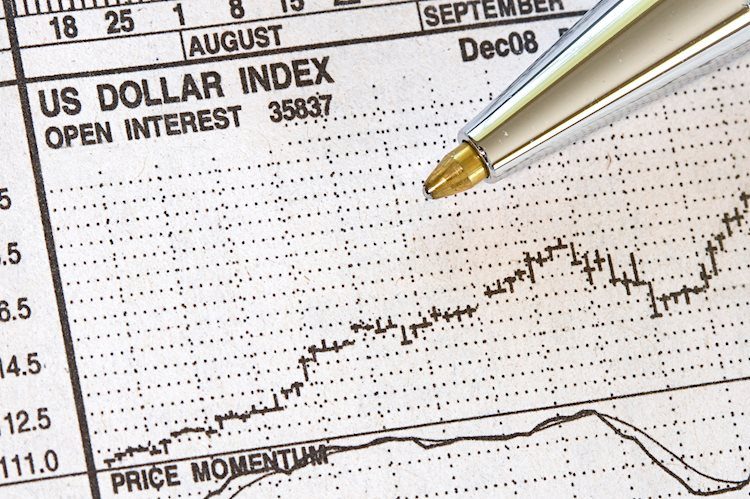The US Dollar faced a decline of 0.80% last week, reaching its lowest level since mid-June. As anticipation grows for the release of June inflation figures and talks from the Federal Reserve (Fed), the market is currently pricing in less than a 10% probability of a rate cut in July and around 80% in September. This disinflation trend in the US economy has led to speculation of a potential rate cut by the Fed in September, causing the US Dollar to struggle.
The upcoming week will be crucial for the US Dollar as Fed Chair Jerome Powell and other governors are expected to speak. Depending on their statements, the USD could potentially be supported, limiting its losses. Despite the weak economic indicators in the US, Fed officials are hesitant to commit to rate cuts and are choosing to remain data-dependent, urging for patience from the market.
Key events to watch out for this week include Chairman Powell’s Semiannual Monetary Policy Report to Congress, various Fed members speaking, and the release of inflation data for June. The Consumer Price Index (CPI) is anticipated to decrease to 3.1% YoY, with the core figure remaining steady at 3.4% YoY. Currently, the likelihood of a rate cut at the July 31 meeting stands below 10%, while the odds are significantly higher at around 80% for September.
The technical outlook for the US Dollar Index (DXY) remains weak as it continues to trade below the 20-day Simple Moving Average (SMA). Last week, the DXY dropped by 0.80%, leading both the Relative Strength Index (RSI) and the Moving Average Convergence Divergence (MACD) into negative territory. However, the 104.70 zone supported by the 200-day SMA has remained resilient. Further losses could be halted at the 104.50 and 104.30 levels if selling pressure persists.
The US Dollar, also known as the USD, is the official currency of the United States and is widely used in other countries as well. It is the most traded currency globally, comprising over 88% of all foreign exchange turnover. The value of the USD is heavily influenced by the monetary policy set by the Federal Reserve (Fed), which aims to maintain price stability and full employment through interest rate adjustments. In times of high inflation, the Fed raises rates to support the USD, while lowering rates during low inflation periods can weaken the currency.
In extreme situations, the Fed may resort to quantitative easing (QE) to inject liquidity into the financial system. This measure involves the Fed printing more Dollars to purchase government bonds, leading to a weaker USD. On the other hand, quantitative tightening (QT) involves the Fed reducing its bond purchases, which can have a positive effect on the US Dollar. Overall, economic indicators such as the Consumer Price Index (CPI) play a significant role in determining the value of the US Dollar, with high readings being bullish and low readings bearish for the currency.











